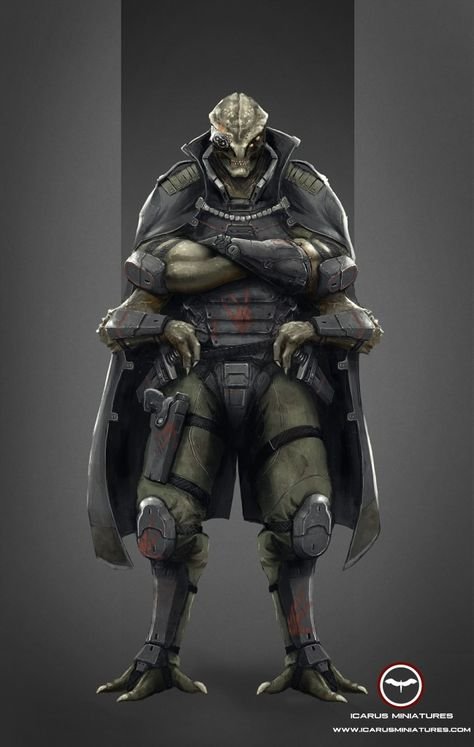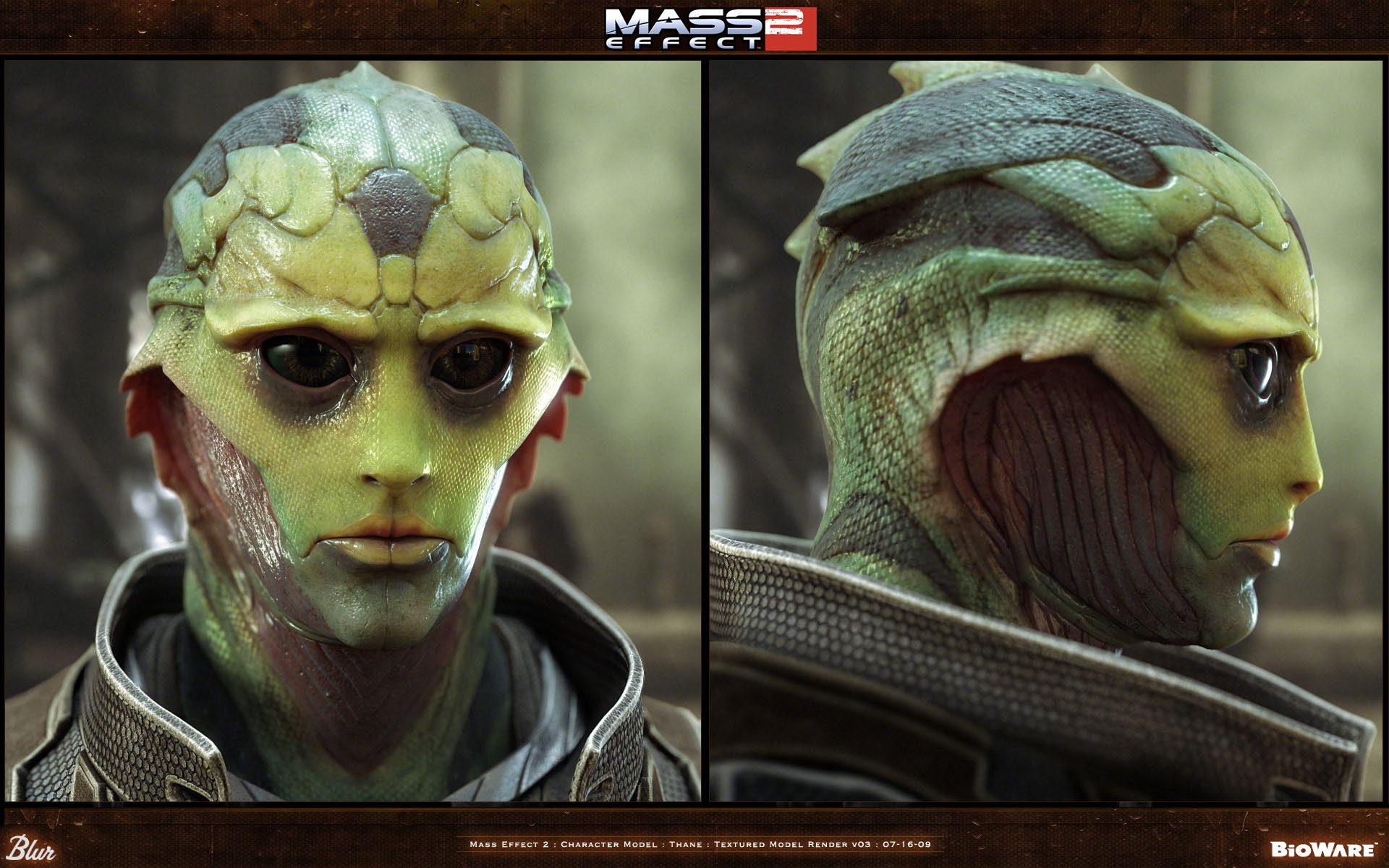Worldbuilding 101: Fantasy Races, Pt. 3
It’s finally time to wrap up the fantasy races portion of Worldbuilding 101. And, as promised, I’ve got three more groups to round out the nine distinct cultures of Varheim. (You can get a refresher on the other two here and here.)
Funny enough, all three of these races could be thought of as the “bad ones” in this world. They aren’t evil, of course, or even collectively bad. But one race is a bit wild, another is manipulative, and the third is very much intimidating.
And I’ve probably teased enough already, so let’s cut the chatter and get right to it.
Author’s note: This one should be familiar now, but I just want to clarify that I don’t own any of the artwork used to show off my fantasy races. The actual cultures are unique, but I’m a writer and not an illustrator so I needed a little help in the visual side of things.
The Saoturi
The saoturi live in western Wilderun, particularly in the region known as the Westray Basin. It’s located between forests (to the north), marshes (to the east), and the continent’s western water basin. So while a small sect of saoturi work in agriculture, most of them roam the northeastern stretches of their territory, or venture across the mountains and into other parts of Wilderun.
Your average saotur won’t stick around in their homeland for long. They live in a matriarchal society, which often forces full-grown adults out into the world to experience other cultures, acquire other goods, and...well, basically not be at home. (Even younger females venture out of the Basin, often never to return.)
You’ll see saoturi in every region, often working as guards or workers or any other sort of hireling job. Ironically, they don’t much care for farming in Westray Basin, but they’ll take work as shepherds and orchard workers in other parts of the world.
I like the previous illustration, but saoturi are more reptilian and less insect-like, so here's a second example to help
Saoturi tend to be one of the most traveled races because they rarely stick around their homeland. Some join on ships as deckhands, or join a noble house’s guard retinue in Beriand, or serve as wardens in the Amond Hills. They pretty much go everywhere, and their ability to disassociate from their own kind has given them a reputation as lawless, unpredictable, and more than a little bit dangerous.
Oh, and I guess I failed to mention that they have four arms. That's pretty unique (and important) too.
The Valoth
If Varheim has a global superpower, it would be the valoth. You can liken them to Ancient Greece or Rome, but with soaring towers and sprawlings community centers from older Spanish cities. (Barcelona's La Sagrada Familia was definitely an inspiration for their architectural style.) They are an enlightened culture, and very much use that power to influence events wherever they have a current interest.
You’ll see valothans across the world, usually representing trade houses, administrative offices, and that sort of thing. As the dominant culture, the valoth maintain relationships with all eight other races, and that means holding some sort of position in major cities all over.
But for all of that, they tend to stay on the eastern continent of Beriand. It’s very much their “homeland,” with well over a third of the continent supporting valothan cities, farms, etc. They share that space with the isolated otasi, and most people believe that the only way to interact with the otasi (and, through them, the gods themselves) is to go through the valoth.
Oh, and one other key point. Valothans were the ones who pushed for the races to come together after the mysterious “disappearance” of the kantu. And when the eylings resisted those efforts, the valoth leaders organized a full on war by recruiting from the other races and attacking the eyling homeland from multiple sides.
That kind of power really summarizes valothan influence better than anything else.
The Yotnar
You could look at the yotnar and assume that they are big, beefy warriors or laborers. But the truth is that these big, horned folks were mostly scholars in bygone ages. (They were even rivals of the valoth, at least in their earliest histories.)
The yotnar are an example of the “nature vs. nurture” debate. Life in the rough Grey Barrows didn’t offer quite as many opportunities as people in the other races. And as the lands around their homeland became more dangerous (the influence of the saoturi, the loss of the kantu, unrest among the eylings, etc.) more and more yotuns chose to become mercenaries to look for adventure and excitement in other parts of Varheim.
Now, the yotnar can be found all across Wilderun. They are often hired as mercenary guards...or as bandits. And while some of them take work in different towns as laborers, miners, and porters, most of them choose a life on the road, at least until returning home to “settle down” and start a family of their own.
The fantasy races of Varheim
And there you have it: the last of my nine fantasy races! There is still a lot more of Varheim to show off, and I plan to continue working on Worldbuilding 101 posts as that process continues. But at least for the time being, the next post in this series will move on to something else.
Of course, that “something else” is tied very closely to these fantasy races...and the creation of Varheim...and the magic system. In fact, you could argue that the topic will be a foundational piece of any created setting.
Next time, we’ll start exploring the gods and goddess of Varheim.





